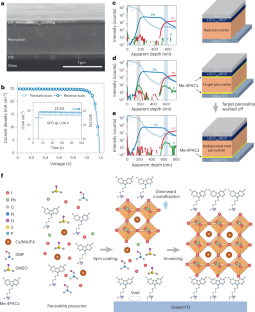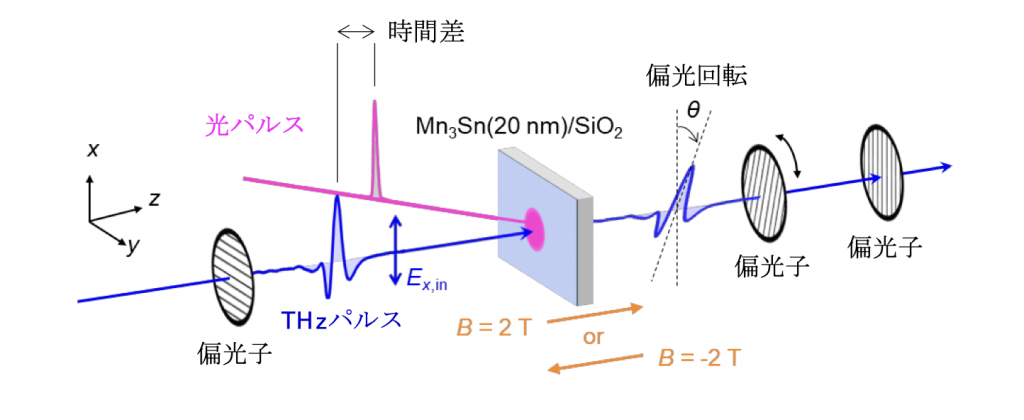2023-03-21 米国国立再生可能エネルギー研究所(NREL)
ペロブスカイト太陽電池は、導電性ガラス基板上にさまざまな層を順次堆積することで製造される。新しい技術により、一部のステップが削除または統合され、製造プロセスが簡素化され、製造コストが低減される可能性がある。
研究者らは、1,200時間の連続運転後も初期効率の90%以上を維持する高効率の太陽電池を作成した。
<関連情報>
- https://www.nrel.gov/news/program/2023/researchers-determine-simplified-way-to-make-perovskite-solar-cells-coating-multiple-layers-at-once.html
- https://www.nature.com/articles/s41560-023-01227-6
ペロブスカイト太陽電池のプロセス性向上のための正孔選択性コンタクトと吸収体の共蒸着法 Co-deposition of hole-selective contact and absorber for improving the processability of perovskite solar cells
Xiaopeng Zheng,Zhen Li,Yi Zhang,Min Chen,Tuo Liu,Chuanxiao Xiao,Danpeng Gao,Jay B. Patel,Darius Kuciauskas,Artiom Magomedov,Rebecca A. Scheidt,Xiaoming Wang,Steven P. Harvey,Zhenghong Dai,Chunlei Zhang,Daniel Morales,Henry Pruett,Brian M. Wieliczka,Ahmad R. Kirmani,Nitin P. Padture,Kenneth R. Graham,Yanfa Yan,Mohammad Khaja Nazeeruddin,Michael D. McGehee,Zonglong Zhu & Joseph M. Luther
Nature Energy Published:16 March 2023
DOI:https://doi.org/10.1038/s41560-023-01227-6

Abstract
Simplifying the manufacturing processes of renewable energy technologies is crucial to lowering the barriers to commercialization. In this context, to improve the manufacturability of perovskite solar cells (PSCs), we have developed a one-step solution-coating procedure in which the hole-selective contact and perovskite light absorber spontaneously form, resulting in efficient inverted PSCs. We observed that phosphonic or carboxylic acids, incorporated into perovskite precursor solutions, self-assemble on the indium tin oxide substrate during perovskite film processing. They form a robust self-assembled monolayer as an excellent hole-selective contact while the perovskite crystallizes. Our approach solves wettability issues and simplifies device fabrication, advancing the manufacturability of PSCs. Our PSC devices with positive–intrinsic–negative (p-i-n) geometry show a power conversion efficiency of 24.5% and retain >90% of their initial efficiency after 1,200 h of operating at the maximum power point under continuous illumination. The approach shows good generality as it is compatible with different self-assembled monolayer molecular systems, perovskites, solvents and processing methods.



